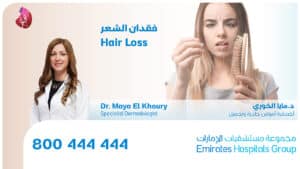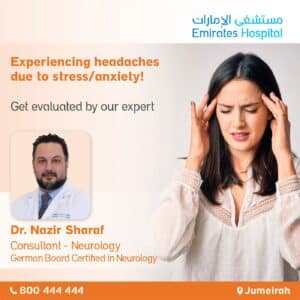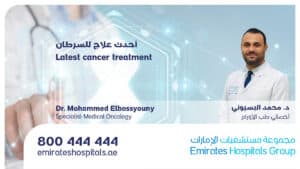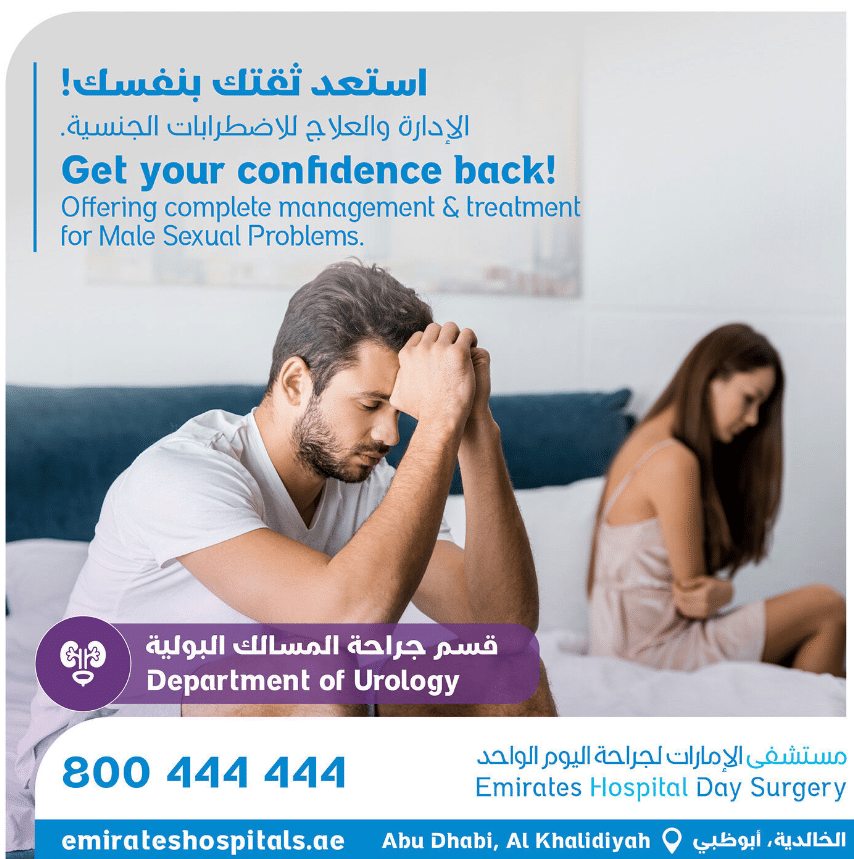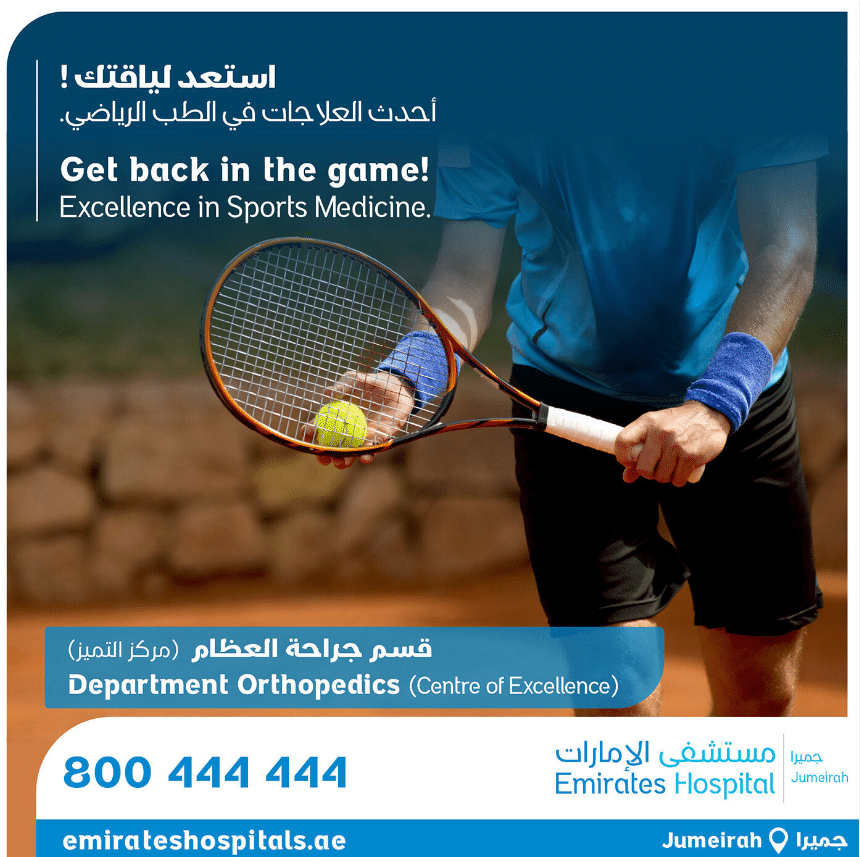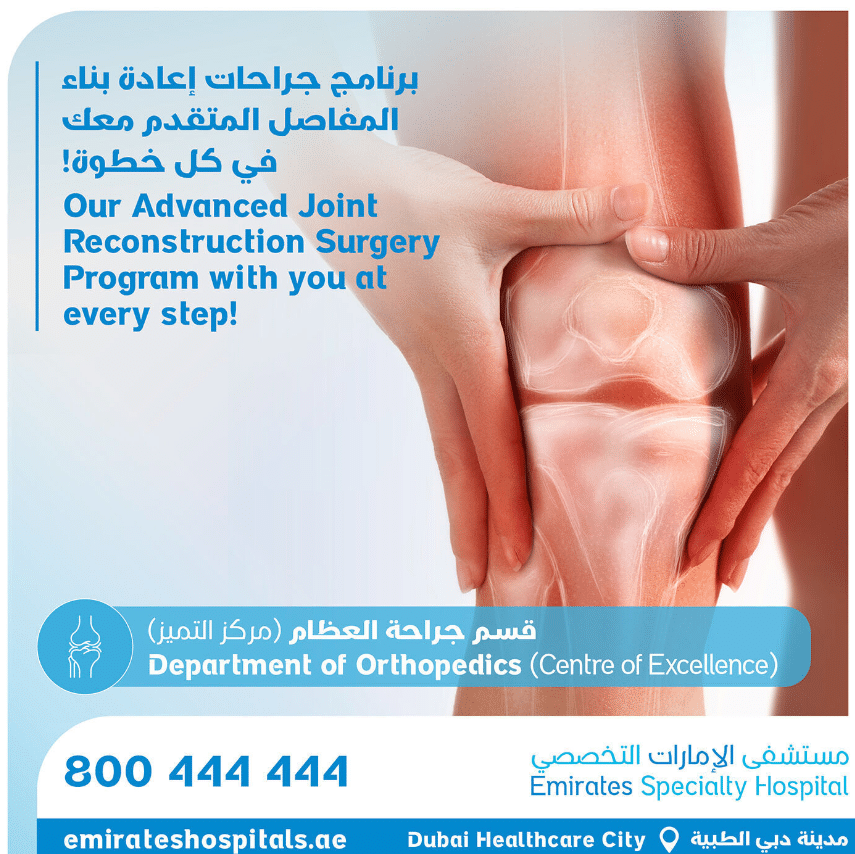Pediatric (Child) Orthopedic Clinic deals with muscle and skeleton illnesses such as hip dislocation, hip dysplasia, pes equino varus (crooked foot), spina bifida (open spinal cord), pes planus (flat foot) that appear in childhood, due to congenital or acquired neurological, infectious, tumoral, traumatic and other reasons It is a sub-department of the Department of Orthopedics and Traumatology, which deals with the diagnosis and treatment of system diseases. Child orthopedics mainly covers the childhood and young adult patient group. Under this heading, the pediatric lower limb is subdivided into the pediatric upper limb and the spine.The main purpose is to provide the patient to return to normal life without sequelae in the long term by performing diagnosis and treatment in a short time. Many of the orthopedic problems that occur in adulthood are caused by pediatric orthopedic diseases that have not been diagnosed, treated, or properly followed-up in childhood. For this reason, pediatric orthopedics has an important place in reducing adult orthopedic problems. Pediatric orthopedics is one of the most basic and important areas of orthopedic surgery and occupies an important place in public health.
Congenital hip dislocation: It is a condition that occurs due to insufficient development of the playful area that forms the hip joint. The incidence is higher in girls, twins, babies with similar diseases in their families and swaddled babies. Signs of hip dislocation are the difference in length between the legs in the early period, the knuckles in the legs are asymmetrical, and limping is observed in children who have started walking. Babies should be checked periodically for this condition. Sometimes ultrasound and x-rays are required in addition to the examination. Its diagnosis in the early period facilitates the treatment and provides a smooth recovery. Delayed hip dislocations may need to be treated with cast or surgical methods. In neglected babies, severe conditions may occur, resulting in shortness of legs and limping.
Cerebral palsy: It is the condition of damage in the brain due to the lack of oxygen of the baby during childbirth. Cerebral palsy affects movement, balance, and posture. Symptoms of cerebral palsy can range from mild to severe and worsen as the child grows. With treatment, significant improvement can be achieved in most children.
Perthes Disease: Perthes disease, which is seen only in children, is a condition that occurs with the impaired blood supply of the femoral head epiphysis. Bone part, whose nutrition is impaired, loses its vitality; this condition is called avascular necrosis. The rare Perthes disease affects the hip joint of children between the ages of five and ten, causing pain and limping.
Congenital toe: It is the most common congenital foot deformity. The affected foot appears with the wrist turned inward. It is seen in 1-2 births in 1000. It is 2 times more common in baby boys. Mechanical pressure in the womb, foot cartilage development problems, genetic conditions and nerve lesions cause congenital crooked feet.
Scoliosis (Spinal Curvature): Scoliosis (spinal curvature) seen in children before the age of 10 may bring along many problems such as breathing problems. Scoliosis that starts at a young age can progress rapidly due to physical development. Careful parents can easily find out if their child has scoliosis, or they can resolve the problem at an early age. Symptoms:
- Increased pubescence, color changes and dimples in the back
- Balance problems
- Back protrusions when bending forward
- Shoulder height is not equal
- Side stance on waist or hips
- Disproportionate posture on the legs relative to the trunk


